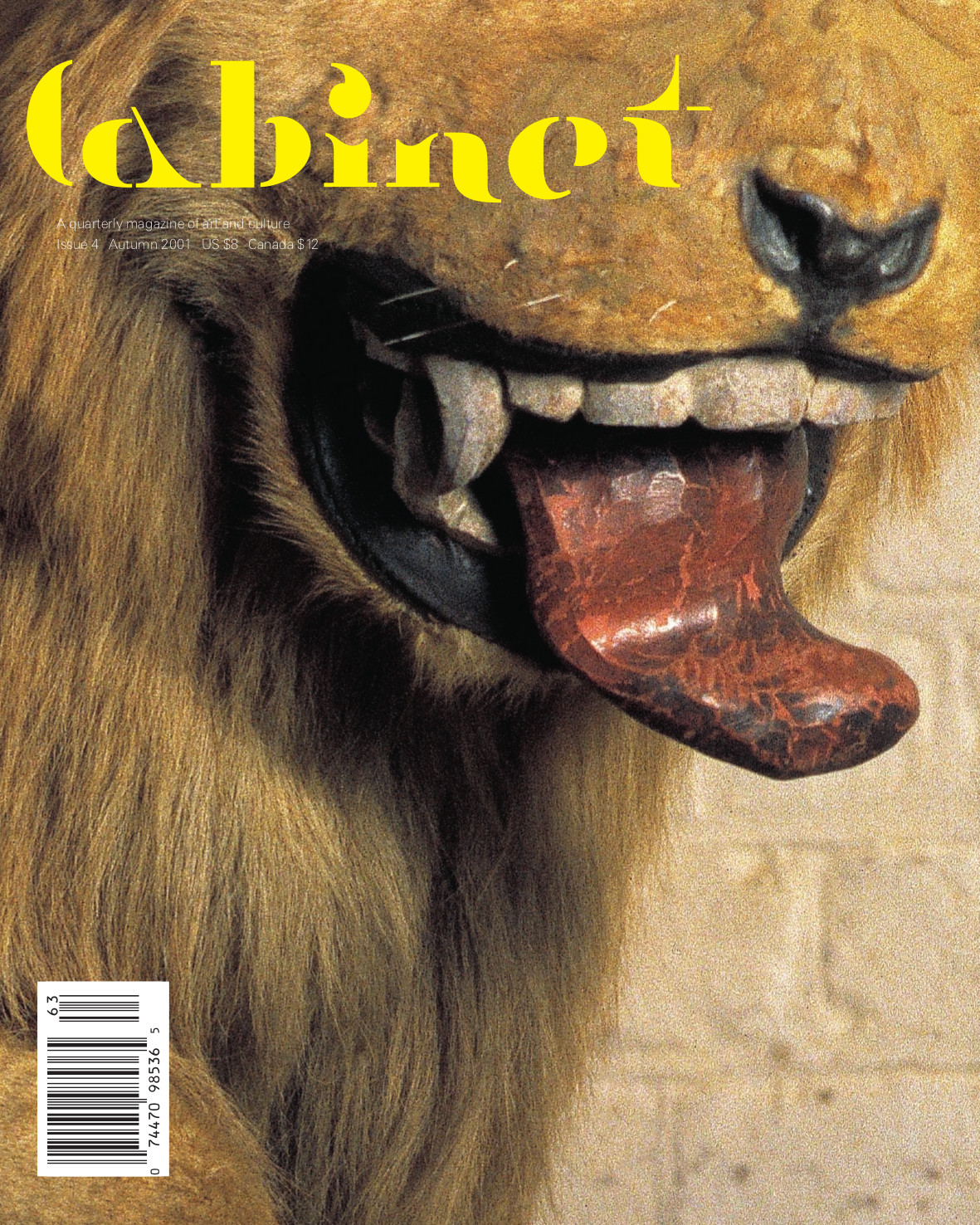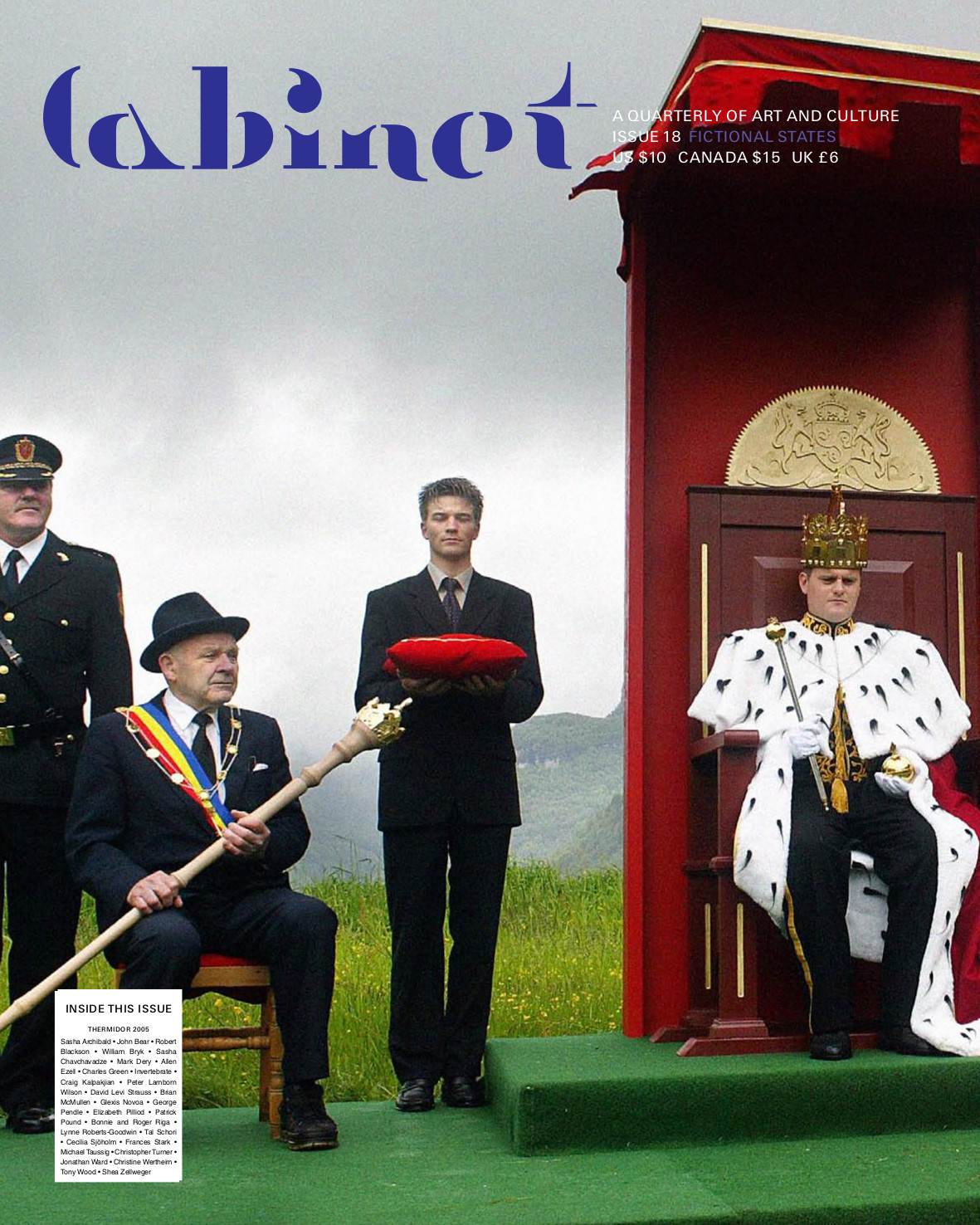George Stiny, James Gips: Algorithmic Aesthetics: Computer Models for Criticism and Design in the Arts (1978)
Filed under book | Tags: · aesthetics, computer art, design, graphics, music, software

“Can a computer appreciate a work of art? Can a computer create a new work of art? What does it mean for an object to be a work of art? How are objects understood as works of art? Dozens of ways of understanding art have been proposed. Is there one true way to understand works of art? If not, what do the different ways of understanding art have in common? How might they be implemented in a computer? Does this “computer” or “algorithmic” approach have any contributions to make to the field of art and aesthetics?
The book was written between 1974 and 1976 in Los Angeles. We had no access to a computer so we employed a typist to translate our hand written pages into typed manuscript.”
Publisher University of California Press, 1978
ISBN 0520034678
220 pages
William W Braham, Jonathan A Hale (eds.): Rethinking Technology: A Reader in Architectural Theory (2006)
Filed under book | Tags: · architecture, city, design, technology, theory

“This book contains over fifty selected essays, manifestoes, reflections and theories by architects and architectural writers from 1900 to 2004. This mapping out of a century of architectural technology reveals the discipline’s long and close attention to the experience and effects of new technologies, and provides a broad picture of the shift from the ‘age of tools’ to the ‘age of systems’.
Chronological arrangement and cross-referencing of the articles enable both a thematic and historically contextual understanding of the topic and highlight important thematic connections across time.”
Publisher Routledge, 2006
ISBN 0415346541, 9780415346542
488 pages
PDF, PDF (updated on 2018-5-31)
Comments (2)Cabinet (2000–)
Filed under magazine | Tags: · animal, art, chance, culture, design, dust, electricity, evil, friendship, history, language, literature, magic, mapping, nature, property, science, underground, weather


“Cabinet is a quarterly, Brooklyn, New York-based, non-profit art & culture periodical launched in 2000. Cabinet also operates an event and exhibition space in Brooklyn.
Cabinet is an award-winning quarterly magazine of art and culture that confounds expectations of what is typically meant by the words “art,” “culture,” and sometimes even “magazine.” Like the 17th-century cabinet of curiosities to which its name alludes, Cabinet is as interested in the margins of culture as its center. Presenting wide-ranging, multi-disciplinary content in each issue through the varied formats of regular columns, essays, interviews, and special artist projects, Cabinet‘s hybrid sensibility merges the popular appeal of an arts periodical, the visually engaging style of a design magazine, and the in-depth exploration of a scholarly journal. Playful and serious, exuberant and committed, Cabinet‘s omnivorous appetite for understanding the world makes each of its issues a valuable sourcebook of ideas for a wide range of readers, from artists and designers to scientists and historians. In an age of increasing specialization, Cabinet looks to previous models of the well-rounded thinker to forge a new type of magazine for the intellectually curious reader of the future.”
Cabinet is a non-profit organization. Consider supporting it by subscribing to the magazine, buying a limited edition artwork, or making a tax-deductible donation.
HTML (sold-out issues as HTML articles; click on the covers; updated on 2013-10-10; the download links were removed)
Comments (6)
